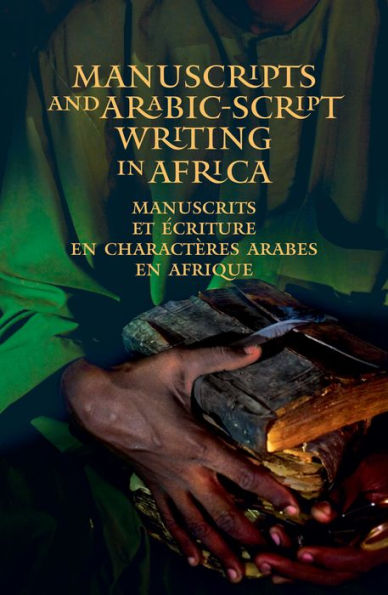• The book pushes forward what is known about manuscripts and Arabic-script writing in Africa and helps to better understand not only African language writing using Arabic script, but also the larger process of Islamicisation across the continent
• For those interested in Islam in Africa, and in the complicated interface between Arabic as the language of sacred knowledge (for Muslims) and African vernaculars into which this knowledge was translated
The book explores the Arabic script in its widest possible usage in Africa: in Arabic texts; as a sacred Islamic script; and as a script for writing African languages. Through various contributions, the book examines the social impact of Arabic-script writing, aiming to parse the materiality of the book in African societies and to understand African manuscripts in their life cycles from creation to archival shelf. Essays examine Arabic-script manuscripts as material objects, statements of social values, cultural affirmations, and spiritual companions. They peel back the chronological layers of ‘ajami writing that has been used for instruction and cultural and political identity, and remind us of how new technologies enhance access to these manuscripts, just as they present challenges to the intellectual property they represent. Essays are organized into five parts: Manuscript Collections, Manuscript Networks, Manuscripts and Social Values, and Technical Issues; with a concluding essay that identifies the core texts in West Africa's manuscript culture during the past 300 years. Text in English, French, and Arabic.
• The book pushes forward what is known about manuscripts and Arabic-script writing in Africa and helps to better understand not only African language writing using Arabic script, but also the larger process of Islamicisation across the continent
• For those interested in Islam in Africa, and in the complicated interface between Arabic as the language of sacred knowledge (for Muslims) and African vernaculars into which this knowledge was translated
The book explores the Arabic script in its widest possible usage in Africa: in Arabic texts; as a sacred Islamic script; and as a script for writing African languages. Through various contributions, the book examines the social impact of Arabic-script writing, aiming to parse the materiality of the book in African societies and to understand African manuscripts in their life cycles from creation to archival shelf. Essays examine Arabic-script manuscripts as material objects, statements of social values, cultural affirmations, and spiritual companions. They peel back the chronological layers of ‘ajami writing that has been used for instruction and cultural and political identity, and remind us of how new technologies enhance access to these manuscripts, just as they present challenges to the intellectual property they represent. Essays are organized into five parts: Manuscript Collections, Manuscript Networks, Manuscripts and Social Values, and Technical Issues; with a concluding essay that identifies the core texts in West Africa's manuscript culture during the past 300 years. Text in English, French, and Arabic.

Manuscripts and Arabic-script writing in Africa
592
Manuscripts and Arabic-script writing in Africa
592Hardcover

Product Details
| ISBN-13: | 9781739260705 |
|---|---|
| Publisher: | Acc Publishing Group Ltd |
| Publication date: | 10/06/2023 |
| Pages: | 592 |
| Product dimensions: | 6.85(w) x 9.90(h) x 2.20(d) |
